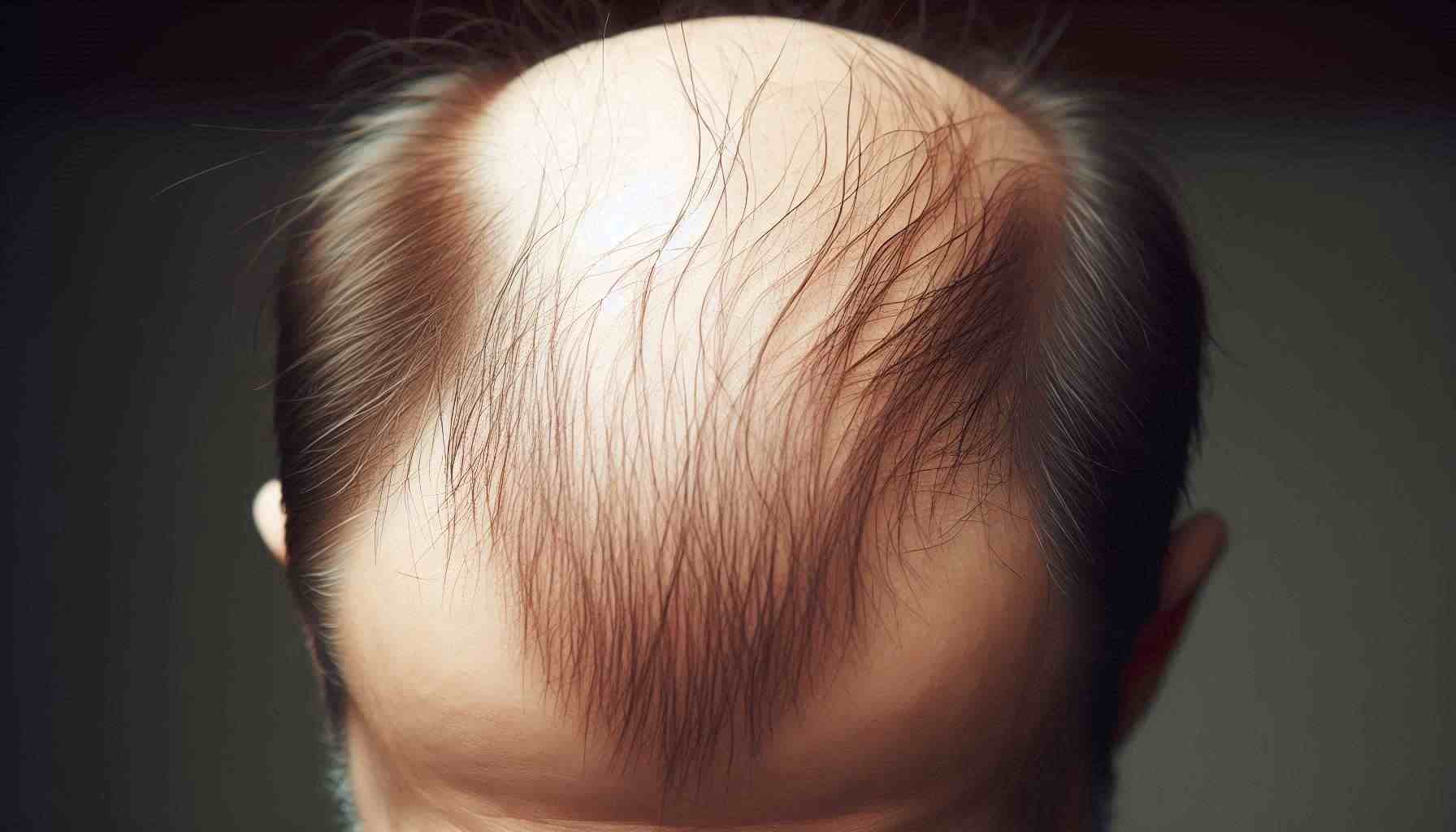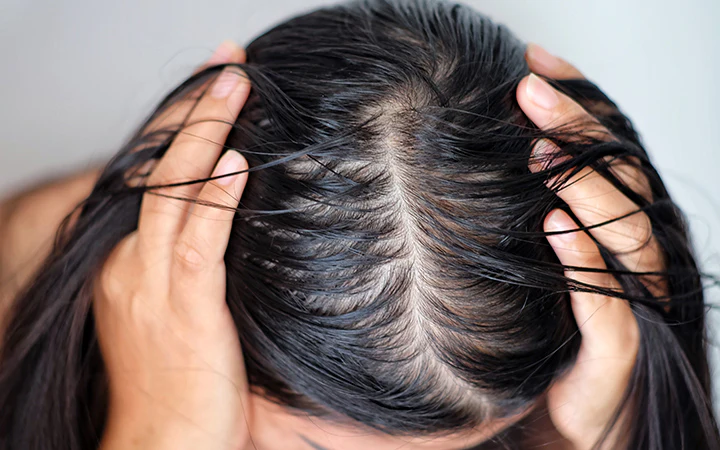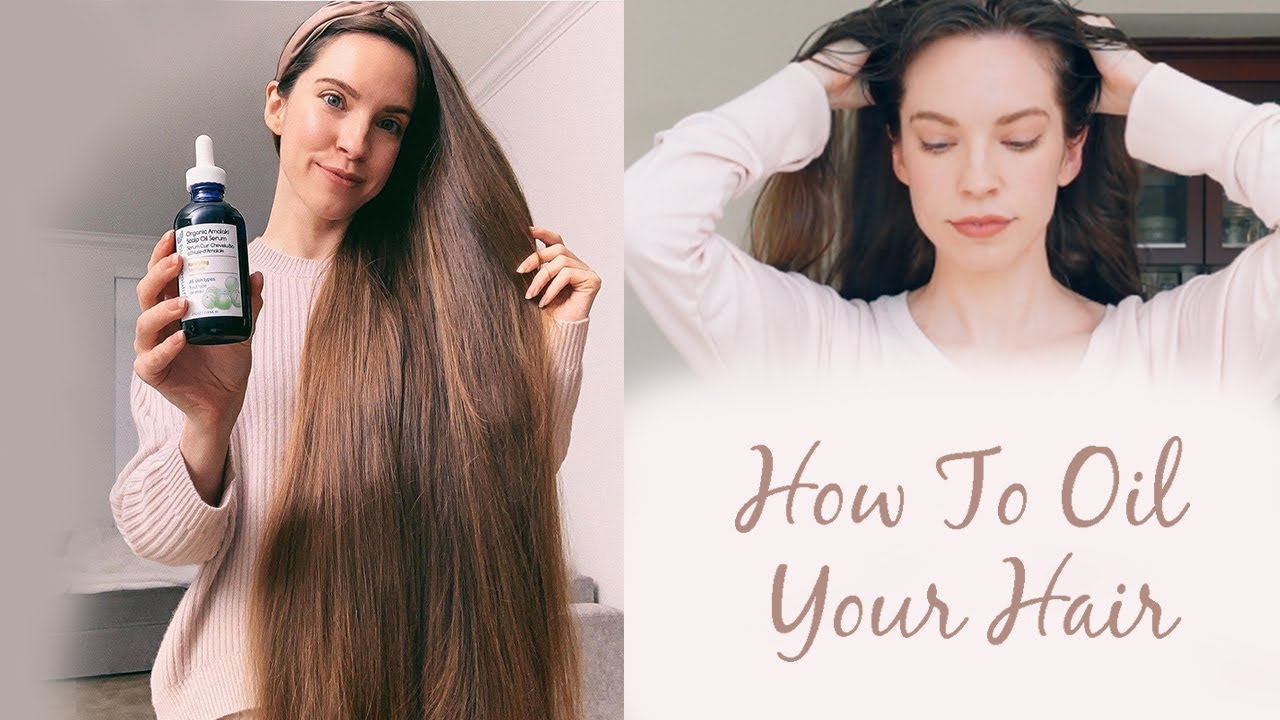Does TRT Cause Hair Loss? A Comprehensive Guide
If you’re considering testosterone replacement therapy (TRT), you might be concerned about its potential side effects, especially when it comes to hair loss. Testosterone therapy can bring significant benefits, but it’s natural to wonder if it could trigger hair thinning or even accelerate male pattern baldness.
In this article, we’ll explore the relationship between TRT and hair loss, outline who is most at risk, and share strategies for preventing or minimizing hair thinning.
How Does TRT Affect Hair Follicles?
When you supplement testosterone through TRT, your body can convert some of this testosterone into dihydrotestosterone (DHT). DHT is a potent androgen hormone, and its role in male pattern baldness is well-established. It binds to receptors in hair follicles on the scalp, causing them to shrink over time. This gradual follicle shrinkage leads to thinner, weaker hair strands and, ultimately, hair loss.
However, not all men will experience hair loss on TRT. Genetics play a key role in determining your hair follicles’ sensitivity to DHT. If your family has a history of male pattern baldness, you may be more prone to hair thinning while on TRT.
Who’s at Risk for Hair Loss on TRT?
Not everyone who undergoes testosterone replacement therapy will experience hair loss. Certain factors increase the likelihood of hair thinning or shedding, including:
- Genetics: A family history of male pattern baldness increases the risk. If your hair follicles are genetically sensitive to DHT, TRT could speed up the process of hair miniaturization.
- Age: Hair loss tends to progress with age, and older men are generally more susceptible, especially if testosterone levels naturally decrease over time.
- Baseline Hair Density: Men who already show signs of early-stage baldness may see more significant hair thinning on TRT, while those with a full head of hair might not notice much of a change.
- Current Testosterone Levels: Men with low baseline testosterone may be more prone to hair loss when they start TRT, as the surge in DHT levels can have a more pronounced effect on their hair follicles.
- DHT Sensitivity: The sensitivity of your hair follicles to DHT, which is often determined by genetics, plays a critical role. Those with more DHT receptors are more likely to experience hair loss.
- Dosage and Administration Method: Higher doses of TRT, especially when administered via injections, may elevate DHT levels more than other methods like gels or pellets, potentially increasing the risk of hair thinning.
- Duration of TRT: The longer you’re on TRT, the more cumulative exposure your hair follicles have to elevated DHT levels, which may gradually contribute to hair thinning over time.
Does Hair Loss Happen Immediately After Starting TRT?
Hair loss caused by TRT is typically gradual. In the first few months, some men may notice slightly more shedding in the shower or on their pillow. However, significant thinning usually takes 1-2 years to become noticeable. Some men initially experience increased hair growth due to higher testosterone levels before DHT levels rise enough to suppress hair follicles.
What Percentage of Men Lose Hair on TRT?
Studies suggest that around 6% of men on TRT experience hair loss, compared to just over 3% of men not on the therapy. For most men, the hair changes are mild, and many factors—especially genetics—determine the extent of the shedding. Your risk of noticeable hair loss on TRT may be higher if you have a family history of male pattern baldness.
How to Prevent or Minimize Hair Loss on TRT
If you’re concerned about hair loss while on TRT, several strategies exist to minimize its effects. Preventative treatments work best when started early, ideally when you begin testosterone therapy.
- DHT Blockers: Medications like finasteride and dutasteride are effective in blocking DHT’s harmful effects on hair follicles. These medications can help prevent hair thinning and even promote regrowth in some cases.
- Topical Treatments: Rogaine (minoxidil) is a common topical solution that helps improve follicle metabolism and circulation. Combining it with microneedling can increase absorption and stimulate regrowth.
- Platelet-Rich Plasma (PRP) Injections: PRP can stimulate hair growth by enhancing blood flow and delivering essential growth factors to hair follicles.
- Laser Therapy: Low-level laser therapy (LLLT) can improve circulation to the scalp and thicken existing hair, promoting healthier follicles.
- Supplements: Natural supplements like saw palmetto can inhibit DHT uptake in the scalp and potentially reduce hair thinning.
- Optimized Dosing: Working closely with your doctor to find the optimal TRT dosage can prevent excessive elevation of DHT, helping you maintain healthy hair levels.
What If I Stop TRT—Will My Hair Grow Back?
If TRT has caused significant hair thinning due to prolonged DHT exposure, quitting TRT may not completely reverse the hair loss. However, stopping TRT may slow down or halt further hair shedding, especially if you continue using DHT blockers like finasteride or topical treatments like minoxidil.
It’s essential to taper off testosterone therapy gradually to avoid shock loss from a sudden hormonal shift. Consult with your doctor about a thoughtful discontinuation plan and continue hair loss prevention treatments to preserve as much hair as possible during the transition.
Final Thoughts: Don’t Let Hair Loss Hold You Back
Testosterone replacement therapy can significantly improve your health and quality of life, but concerns about hair loss can be a stumbling block for many men. By understanding the connection between TRT and hair loss and taking proactive steps to minimize shedding, you can enjoy the benefits of testosterone therapy without compromising your hair health.
If you’re worried about hair loss on TRT, consult your healthcare provider for an individualized treatment plan to manage your risks. With the right approach, most men can maintain and even restore their hair while on TRT.
Take Control of Your Hair and Health
Remember, TRT doesn’t guarantee hair loss. For those who do experience it, effective treatments are available. By staying informed and working with professionals, you can achieve both your health and aesthetic goals.



